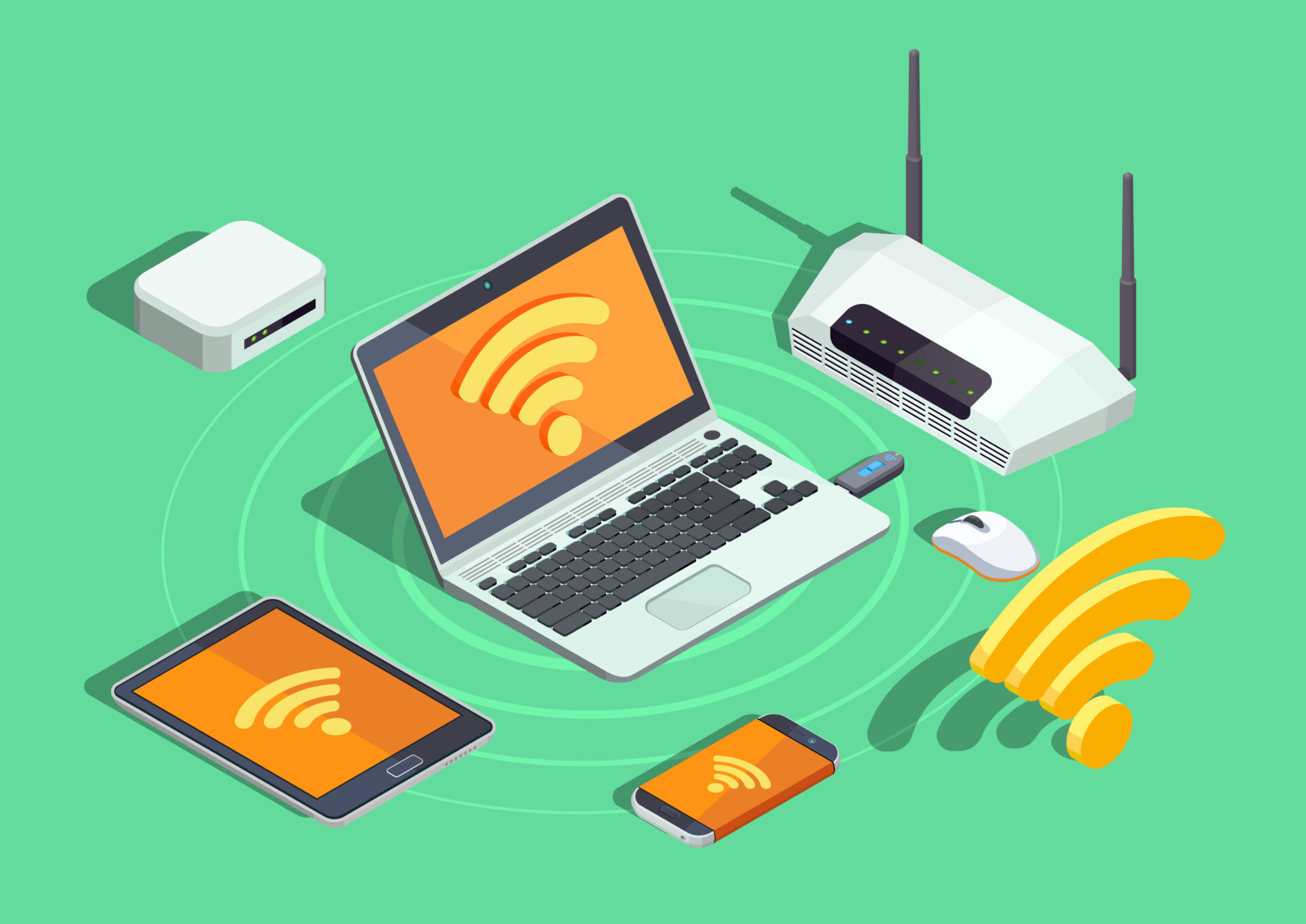High-speed and dependable internet is now a necessity rather than a luxury. Since Fiber to the Home (FTTH) technology is revolutionising the way we connect, it has allowed us to experience speeds we have never had before, reliability we previously believed was unattainable, and scalability we have not yet encountered. Scopus International is proud to be at the forefront when it comes to this transformation, with FTTP/FTTH Wireless Router and modems specifically designed to meet modern connectivity demands.
In this blog, we’ll explore the benefits of FTTH technology as well as what makes our product line best suited to your home or business. FTTH is something you might be a tech junkie or even if you want to get its new internet, this guide is going to give you all the needs of FTTH.
What is FTTH Technology and Why is it Important?
FTTH, which is another name for FTTP, represents a broadband internet technology that employs optical fiber cables to provide high-speed internet straight to household and business locations along with other premises. The data transmission method of FTTH differs from traditional broadband by using glass or plastic fibers, which carry data signals through light waves. FTTH supports faster speeds together with greater reliability and simultaneous connection of multiple devices.
FTTH becomes important as it resolves the increasing speed internet requirements across both urban zones and rural locations. The traditional broadband infrastructure faces challenges from developing remote work systems, online educational platforms, streaming, and smart home device technologies. The FTTH solution satisfies current internet requirements and establishes a future-focused infrastructure that will succeed at handling upcoming innovations for multiple years.
How Does FTTH Broadband Work?
Data transmission in the FTTH broadband is done as light signals through Fiber optic cables. This is a step-by-step explanation of how it works:
Central Office: The first station of the process occurs inside the central office or hub, where the Internet service provider (ISP) connects the network to the Internet.
Data from the central office is sent to a distribution point via Fiber optic cables.
Optical Network Terminal (ONT): The signal is split and sent to the individual homes or businesses at the distribution point. The fiber optic cable is connected to an ONT (that translates the light signals into electrical signals).
Electrical Signals: Then they are distributed through Ethernet cables or Wi-Fi so that you can connect multiple devices from home.
While DSL or cable might be considered the traditional broadband technologies, FTTH provides much faster speeds and lower latency than the average broadband technology. Take the instance of a case where traditional broadband has a speed limited to 100 Mbps while FTTH can provide a speed of 1 Gbps or more.
FTTH Modems and Routers: The Heart of Your Connection
At Scopus, we know that the quality of your internet connection goes beyond the Fiber optic network; it also is a result of the quality of the equipment you use. What’s more, we offer a line of FTTH modem and router products, ensuring the maximum potential of your FTTH connection.
What is an FTTH Modem?
An FTTH modem (also called an optical network terminal, or ONT) is a device that links your property to the Fiber optic network. It takes the light signals from the fiber optic cable and converts them to electrical signals the devices you hooked up can use.
Fiber Modem vs Router: What’s the Difference?
The fiber optic network enables connection between your home and the internet through a fiber modem. The modem converts signals that originate from light into electrical signals.
The router makes internet connection distribution possible by establishing Ethernet wiring or Wi-Fi wireless connections for multiple household devices.
At Scopus, the FTTH modems and routers function together as they were designed specifically for this purpose to deliver instant and stable network security.
The Characteristic Features of Scopus’ Modems and Routers
The modems and routers from our company deliver 10 Gbps fast speeds, which lets you capitalise on your FTTH connection.
The routers distribute Wi-Fi signals across two frequency bands, which minimise interference to supply reliable connections for all devices you use.
The built-in firewalls, together with encryption protocols, create advanced security measures that defend your network against cyber threats.
The setup process becomes simple because both interfaces and mobile applications provide user-friendly controls for installation in addition to easy management tasks.
The Benefits of FTTH: Why It’s Worth the Upgrade
Users in the modern era would find the FTTH service advantageous because it delivers multiple superior benefits.
Blazing-Fast Speeds
The FTTH technology provides internet speeds that can reach levels exceeding 1 Gbps along with upload speeds at the same rate. FTTH technology delivers extremely fast streaming services and provides both precise video call communications and rapid file transfers.
Unmatched Reliability
The extensive reliability of fiber-optic cables against copper cables results in signal stability during times of heavy usage.
Scalability
FTTH technology provides excellent scalability that suits homes and companies that need to support numerous devices. You can enjoy limitless possibilities with FTTH because it provides complete support for streaming home gaming and professional work at your residence.
Environmental Impact
FTTH is an eco-friendly technology. Recovery of waste materials from Fiber optic cables occurs with Fiber optic products being recyclable and featuring reduced needs for energy usage during transport and installation, along with an extended product lifespan that decreases environmental pollution from emissions.
Future Trends in FTTH Technology
FTTH maintains a sunny outlook because multiple innovative tendencies will steer its development in the coming years.
Fast internet demand increases worldwide, which leads to additional countries deploying FTTH infrastructure systems.
Research teams have developed new technologies that aim to boost FTTH speed beyond 10 Gbps.
The advent of smart cities depends on FTTH infrastructure because it allows connected infrastructure and IoT devices to function properly.
Scopus International dedicates itself to remaining ahead of emerging trends by ensuring its products lead the technological advancements.
FAQs About FTTH
How does FTTH broadband work?
The FTTH broadband system sends data by light signals through Fiber optics that get converted into electrical signals at the ONT before distributing throughout your home.
What is FTTH Fiber?
FTTH fiber incorporates thin glass or plastic fibers, which function as components of fiber optic cables to achieve high-speed data transmission.
FTTH provides different technological capabilities than broadband-based solutions do.
The entire connection through FTTH depends on fiber optic cables that deliver faster, more reliable service than traditional broadband, whose connections commonly use copper wiring.
What is an FTTH modem?
The FTTH modem, also known as ONT, functions as a home connection device to the fiber optic network and transforms light signals into electrical data.
Fiber modem vs router: What’s the difference?
Homeowners use fiber modems to establish internet connections before routing them to various electronics through routers.
Endnote
FTTH technology is transforming the way we connect, offering faster speeds, greater reliability, and a more sustainable future. At Scopus, we’re proud to offer a range of modems and routers that are designed to deliver the best possible internet experience.
Ready to upgrade your connection? Explore our range of Ftth Wireless Modem and routers today and experience the future of internet connectivity. For more information, contact our team of experts—we’re here to help you every step of the way.




